
The blog provides insights on cracked teeth syndrome survival rates in terms of its types and treatment outcomes (monitoring, RCT, restorative treatments).
[read the full story...]
The blog provides insights on cracked teeth syndrome survival rates in terms of its types and treatment outcomes (monitoring, RCT, restorative treatments).
[read the full story...]
Digital v confentional impressions for implant supported fixed prosthesis, extraction v non-extraction orthodontics and flap v flappless surgery for implant placement were popular blogs between October and December.
[read the full story...]
Blogs on oil pulling for oral health, stress in patients and dentists during root canal treatment and incremental v bulk fill composite resin restorations were the most popular between July and September.
[read the full story...]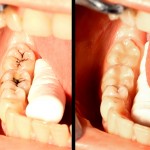
This review of the clinical performance of self-adhesive flowable composites and flowable composites for occlusal cavities in permanent teeth included 5 RCTs. . While the review found no significant differences between SAFCs and FCs in terms of retention, secondary caries, marginal discoloration, and postoperative sensitivity outcomes the limited number and quality of the small number of available studies mean the findings should be viewed cautiously.
[read the full story...]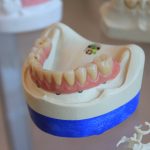
This review comparing digital scans and conventional impressions for complete arch implant-supported fixed prostheses included 6 RCTs. The findings suggest that digital scans significantly reduce the the time required compared with conventional impressions for complete arch implant-supported prostheses. However, there are only a small number of small studies available with only one of the six included being at low risk of bias.
[read the full story...]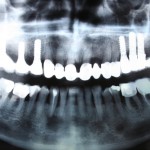
This review comparing the incidence of peri-implant disease with cement- and screw-retained prostheses included 6 RCTs. The findings suggest no difference in level of peri-implant disease with cement- or screw retained prosthesis. However, the studies are small none of them are at low risk of bias. Consequently the findings should be interpreted cautiously.
[read the full story...]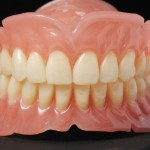
This review of the prevalence of edentulism among diabetic patients compared to non-diabetic people included 7 cross-sectional studies. The findings suggest a higher level of edentulism in diabetic patients but the findings should be interpreted cautiously.
[read the full story...]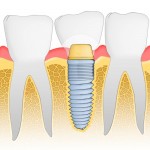
This review comparing immediate implant placement using flap or flapless surgery included 5 small RCTs involving a total of 140 patients. The findings suggested a benefit for flapless srugery but in addition to being small the studies were short term and 3 of the 5 studies were considered to be at high risk of bias.
[read the full story...]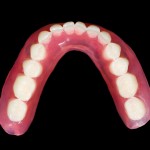
This review comparing the use of narrow-diameter and regular diameter dental implants for supporting mandibular overdentures included 8 studies reported in 12 publications. While the findings suggest no differences between narrow and regular implants supporting mandibular overdentures the findings should be viewed cautiously as the quality of evidence is limited in quality and quantity and also short-term in nature.
[read the full story...]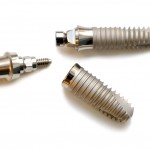
This review of marginal bone loss and implant survival rate of tilted implants compared with those of axial implants for implant-supported fixed partial dentures (ISFPDs) included 9 studies. The findings suggest no different in survival rates between the two implant types but the possibility of more marginal bone loss with tilted implants.The quality of evidence is low.
[read the full story...]